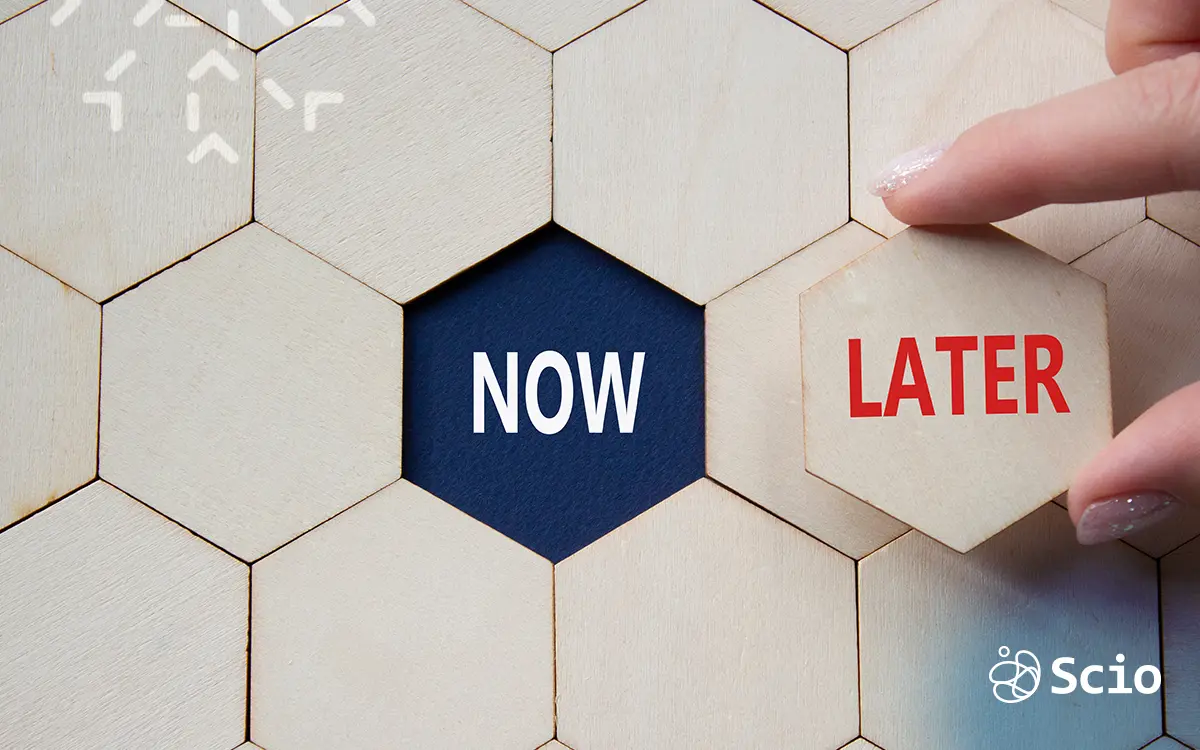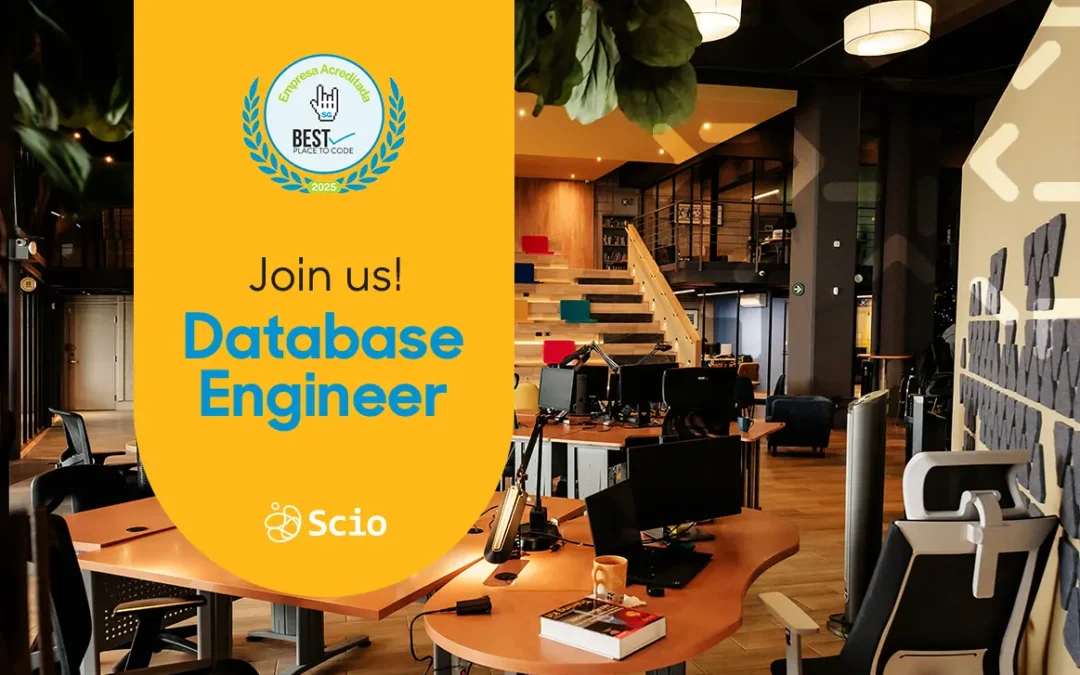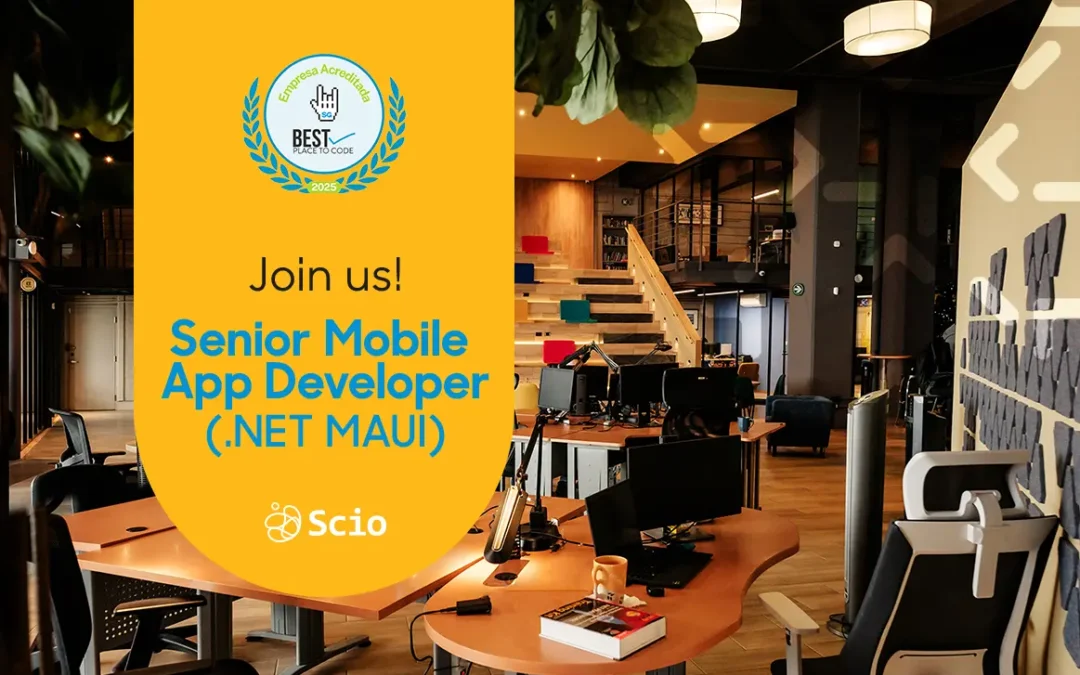
Senior Mobile App Developer (.NET MAUI)
Location: Must be based in Mexico or LatAm
We’re a dynamic team at one of the Best Places to Code companies based in Mexico. Our mission? To create fully-fledged platforms using a wide range of tools and technologies.
Keep reading if you’re passionate about clean, elegant code and love collaborating with experts!
We’re looking for a Senior Mobile Developer with hands-on experience building, maintaining, and deploying cross-platform mobile applications using .NET MAUI. If you’re passionate about delivering high-quality software, fluent in C#/.NET Core, and have successfully published apps to the Apple App Store and Google Play, we’d love to hear from you.
As a senior member of our development team, you’ll play a critical role in both developing new features and maintaining existing mobile applications built with .NET MAUI and Blazor. You’ll collaborate with backend developers, designers, and stakeholders to ensure the continued success and evolution of our mobile products.
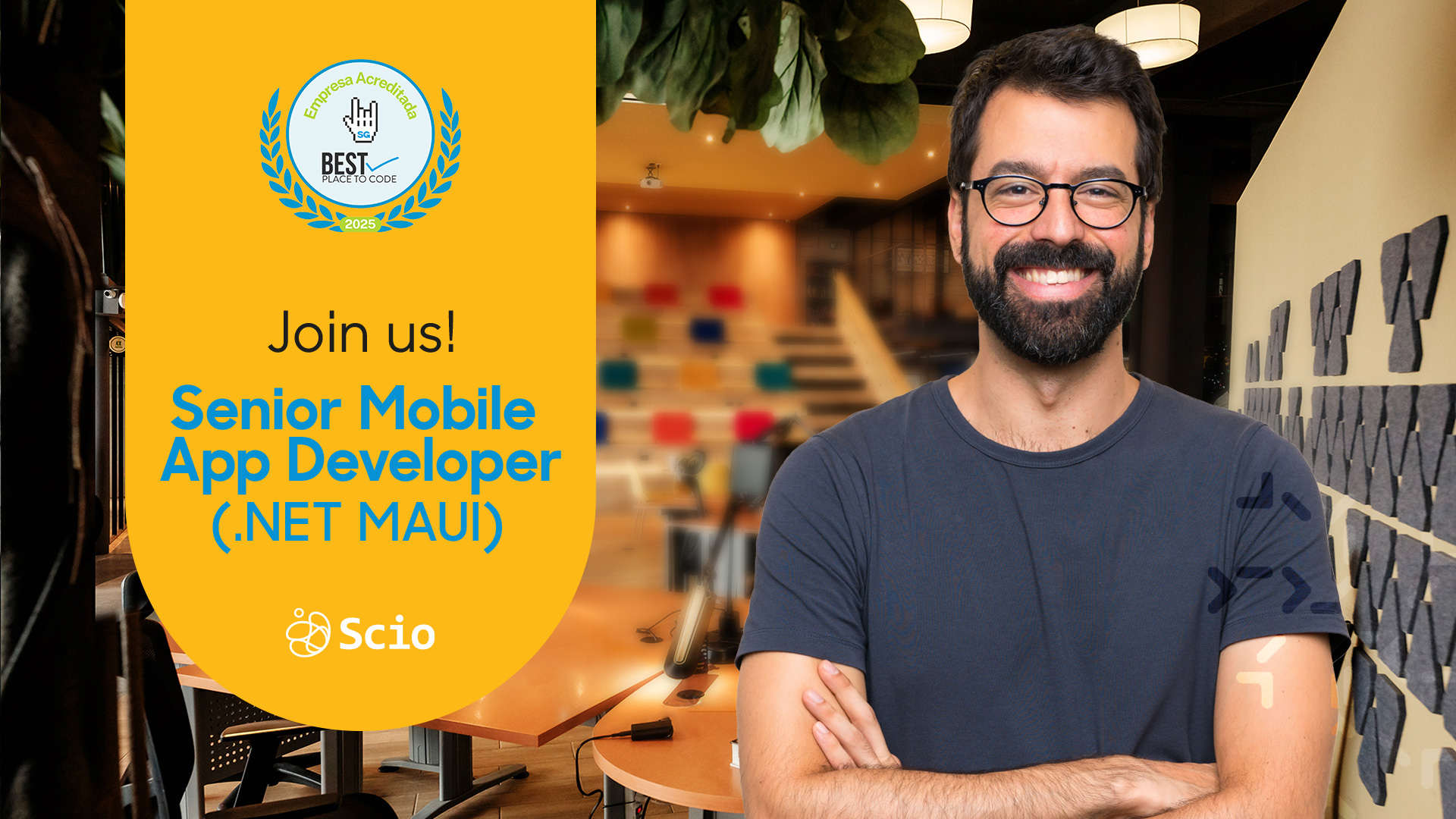
Key Responsibilities:
Manage app deployment and updates to the Apple App Store and Google Play Store.
Write clean, maintainable, and testable code that follows best practices and design patterns, such as MVVM and DI.
Required Qualifications:
The journey:
We know your time is valuable, so know the whole process will take about 2 weeks. There will be 4 interviews total (an initial one with Human Capital, a technical skill one, one with an Account Manager, and probably one with the client at the end), possibly with a technical test, if necessary.
We will keep you regularly updated about your application, but you can also get in touch with us to ask about its status or anything else you might want to know. Just have fun! If you are a good match for Scio, we will give you a formal job offer and ask you to get the pre-hiring requirements to us within 5 days at most, so preparedness is key.
How to Apply:
If this is the perfect fit for you, send your resume in English to humancapital@sciodev.com. We’ll keep you updated throughout the process.
Feel free to reach out if you have any questions or need further details!
